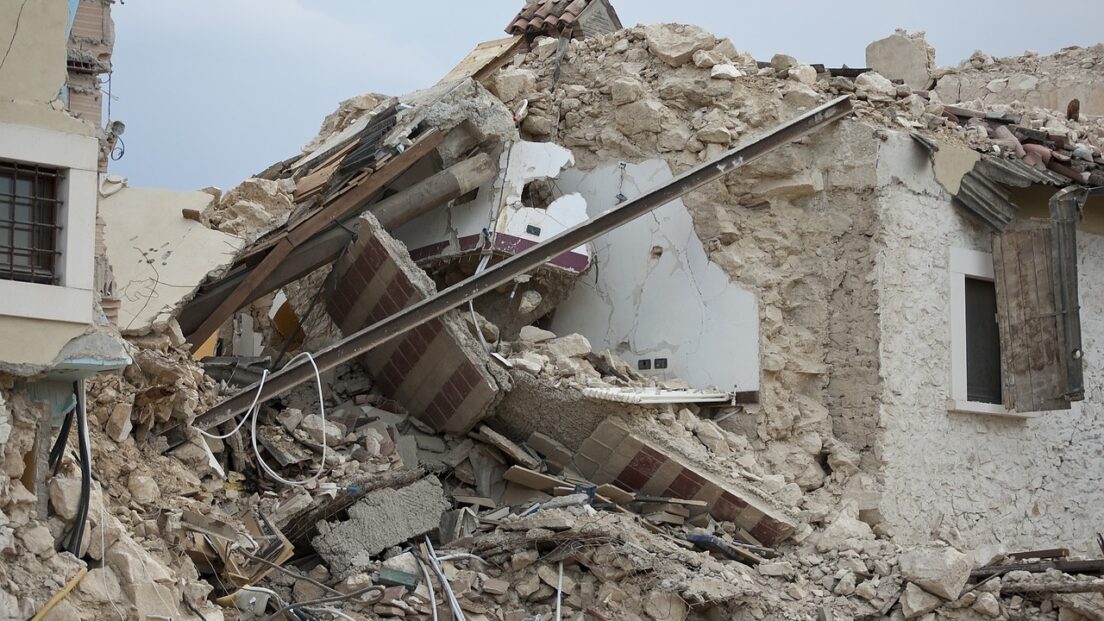Research into earthquake safety for multi-storey buildings

The Swiss Federal Laboratories for Materials Science and Technology (Empa) uses a so-called shaker to simulate the vibrations of earthquakes on structural models. This should lead to greater safety in buildings. The experiment will be presented at the open day on 14 September.
Empa researchers are conducting practical tests on the stability of multi-storey timber buildings against wind gusts and minor earthquakes. According to a press release, the results should help to optimise construction planning, especially for increasingly popular, mostly four- to five-storey timber buildings, and increase building safety. They should also help to increase the competitiveness of wood as a sustainable building material for multi-storey buildings.
The construction industry is therefore reliant on data that is as practical as possible in terms of stiffness, basic vibration times and damping. Such data can be used to ensure that exactly the right amount of material is used in the right places.
The group from the Engineering Structures research department is using a hydraulic horizontal oscillator, known as a shaker, for its investigations on a real object. It can set up to 1000 kilograms of vibrating mass in motion in a controlled manner. According to the information provided, the data obtained so far now delivers results on the dynamic properties of a multi-storey timber construction using the usual construction method in this country.
An open day on 14 September 2024 will demonstrate how the shaker is used to set a structural model in motion, which can occur during earthquakes. The model will be used to visualise how the weight and stiffness distribution in the structure influences its vibration behaviour.